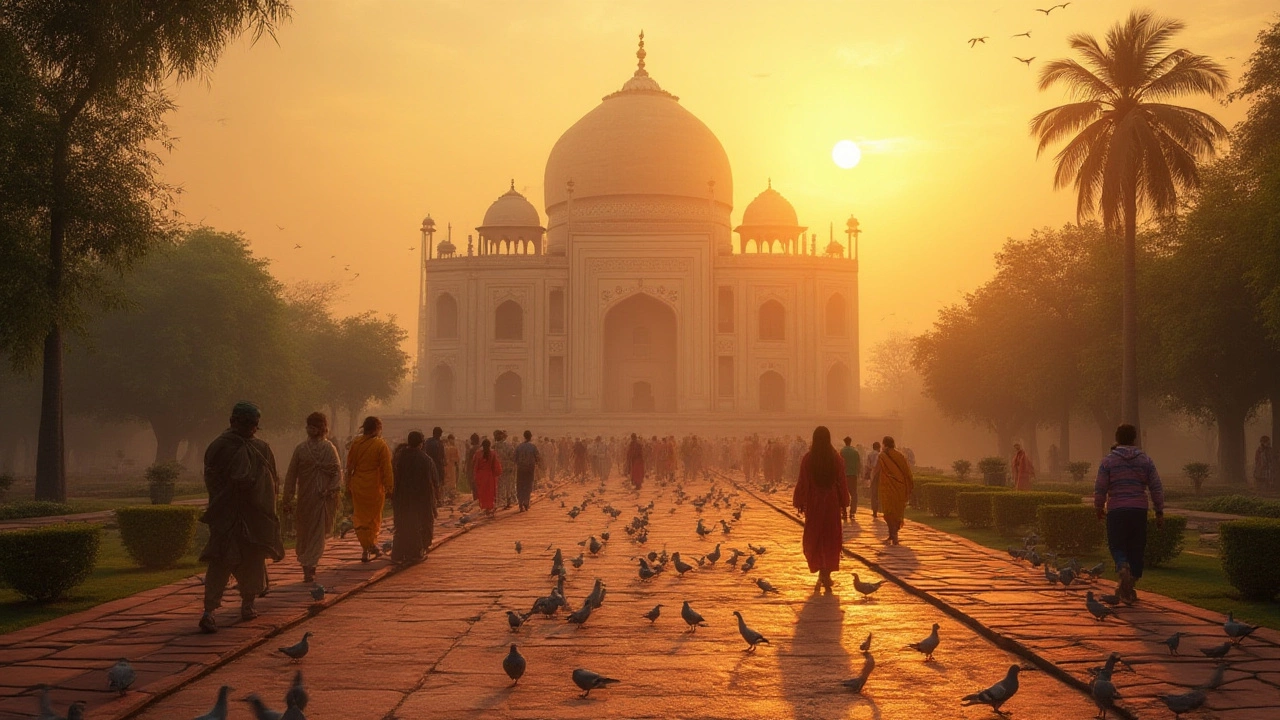
Indian National Monument: Facts, History, and Surprising Stories
Explore the story behind the Indian national monument—its origins, hidden stories, cultural impact, design secrets, and tips for visitors.
When people talk about the Indian national monument, a symbolic structure representing India's independence, unity, and cultural pride. Also known as India's national memorial, it stands as a physical reminder of the sacrifices made during the freedom struggle and the values the nation was built on. Most assume it's one single site—like the India Gate or the Gateway of India—but the truth is more layered. The term isn't officially locked to one structure. Instead, it’s a cultural label applied to places that carry deep national meaning, from war memorials to statues of leaders who shaped the country.
One of the most recognized sites tied to this idea is the India Gate, a war memorial in Delhi honoring soldiers who died in World War I and the Third Anglo-Afghan War. It’s not just stone and arches—it’s where people gather on Republic Day, where couples walk at dusk, and where the Amar Jawan Jyoti burns eternally. Then there’s the Statue of Unity, the world’s tallest statue, dedicated to Sardar Vallabhbhai Patel, the architect of India’s political integration. It’s not ancient, but it’s powerful. And don’t forget the Rashtrapati Bhavan, the former British Viceroy’s House turned presidential residence, symbolizing the shift from colonial rule to self-governance. These aren’t just tourist spots. They’re places where history lives, where identity is reinforced, and where the nation speaks without words.
What ties them together? Not architecture. Not age. But meaning. Each one connects to a story of courage, unity, or transformation. They’re not just built—they’re remembered. And that’s why the idea of an Indian national monument isn’t about finding one correct answer. It’s about understanding the many ways India honors its past. Whether you’re standing under the arch of India Gate, gazing at the Statue of Unity, or walking through the corridors of Rashtrapati Bhavan, you’re not just seeing stone and steel. You’re feeling the weight of a nation’s journey.
Below, you’ll find articles that explore similar landmarks, cultural symbols, and national traditions—some directly tied to these monuments, others digging into the deeper stories behind them. From forgotten memorials to the rituals that keep them alive, these pieces help you see beyond the surface. You’ll learn how a single structure can hold centuries of emotion, how symbols evolve, and why some places become sacred without ever being temples or churches.

Explore the story behind the Indian national monument—its origins, hidden stories, cultural impact, design secrets, and tips for visitors.